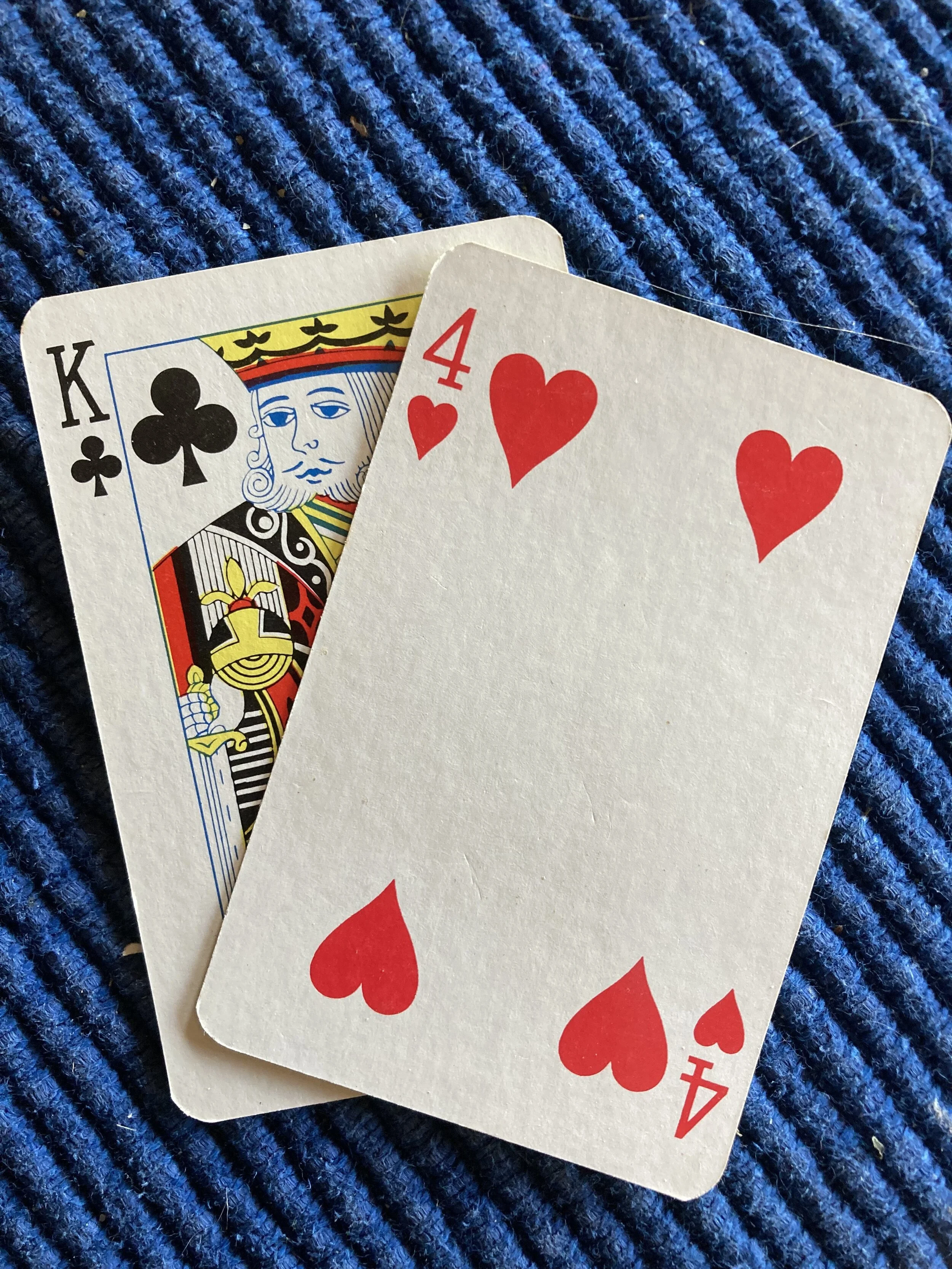What Drought Does
It’s hot.
And dry.
And windy.
Every time I stop the truck, I wonder if the grass underneath will catch on fire.
It won’t.
It’s too short.
The grasshoppers ate it.
I find myself researching which birds eat grasshoppers.
I smile when I spot a curlew or a robin.
I search the sky for seagulls.
My sheep are creating holes in my fence, chasing grass anywhere except wherever they are.
My cattle camp in the creek bottoms, mowing the grass into the mud, too hot to meander toward the hills.
My mind is a constant question.
Do I turn the cattle into the grass I’m saving for fall?
If I don’t, will the grasshoppers eat it first?
How many cows should I sell soon?
Their calves still need milk to grow. How should I balance all that my calves need with all that my land needs?
Several years ago, I helped study how many times a wheatgrass plant can be grazed in the early spring before the plant is harmed.
That grass can come back from one year of severe stress, even two, but not three.
Will the results of that study hold for my varieties of grass?
Right now, I can’t even think about the possibility of drought continuing next year. I’ll think about that this fall, after the rains either satiate the ground or don’t.
But I know I’m lucky.
This year, I live in the green belt of Montana.
Others across Montana are scrambling to feed their cattle with hay that costs $285 a ton, almost double the already-elevated usual price.
Pretend for a moment that the rancher is lucky and will need to feed that expensive hay for only nine months before grass will grow again.
We can do some math.
In nine months, a cow will eat about $1150 of hay. The next three months of grazing will cost at least $100. By this time next year, the rancher will have more than $1200 invested in just feed for that cow.
That doesn’t include all of the other expenses that cow needs to pay for – repairs, taxes, fuel, utilities, living expenses and all of the rest.
That cow’s calf will sell for about $850 to $900 if the market holds up.
The rancher sits at the blackjack table holding a king and a four, hoping she isn’t throwing good money after bad.
Does she accept her loss, sell all of the cows and leave the table, or does she swipe her hand and take another card?
Selling the cows now puts cash in her pocket today but steals from next year.
Today, she can pay the mortgage, fuel, repairs, and taxes, but will have no cash to pay the bills next year.
She might be forced to sell the ranch.
New owners might hurt it or subdivide it or might not love it down into their bones the way she does.
Her children would never again watch a mama cow lick her newborn or duck their heads when a curlew dive-bombs them near her nest.
Instead, they would ride their bikes in heavy traffic and lock their doors at night.
She would work two jobs and miss their tennis tournaments.
So every day, that rancher considers what to do – sell the cows? Buy some hay? Get a job in town to pay for the hay?
She snaps at her children.
They look up at her with confused tears trickling down their faces.
Smoke fills the morning sky.
Afternoon dust blows in.
A thundercloud forms.
A 30-minute downpour won’t green up the grass, but it smells good.
She swipes her cards.
Mother Nature flips one from the deck.
